I have always been told that younger generations are losing an understanding of where their meat comes from.
People are so used to seeing meat in a packet that they forget there’s a source behind that.
It is, after all, an animal.
And that makes it somehow harder to chew when you think about the fact that there’s a life been taken in order to get your burger to your plate.
I’m a meat eater though, have been all my life, aside from one day-long failed attempt at veganism in high school.
So as a food and drink journalist, I decided it was about time that I understood more about the pathways of food that I eat every day.
So I headed out on a deer stalk with Tom Rust, one half of the duo running Perthshire Game, a butchers shop which focuses on providing “wild, ethical [and] sustainable” meat.
I’m pretty nervous when I leave Dundee to meet him at a Tesco car park in Blairgowrie.
What if we don’t find any deer? What if we do?
I can’t decide which is better. I can’t imagine seeing something be killed.
Although I’m a big fan of horror movies, I’m pretty squeamish. I look away whenever I see roadkill and I eat my steak well done.
So how will I cope when I see Tom shoot a deer?
‘Do you feel bad about shooting deer?’
Tom spends four or five days a week out stalking, and “harvests” around 40 deer a month.
He dislikes the term culling, which to him implies the meat is a waste product.
I join Tom and his adorable dog, Fiadh (Gaelic for deer), as they head out in search for deer in land near Blairgowrie.
We traverse the landscape, falling quiet at times when we come to areas which he knows the deer frequent.
It’s a process which requires a lot of patience. Tom is often out for four hours at a time.
And when we’re out, he explains how stalking works, including what Fiadh’s role is.
I’m surprised to hear that Fiadh, a cute little dog that is very well-trained, is responsible for locating a deer if it gets shot and injured but isn’t killed right away.
We’re still out on the stalk when I muster up the courage to ask Tom the question I know many would be wondering.
“Do you feel bad about shooting deer?”
He takes a moment.
Then, he replies: “I think if you started to feel absolutely nothing when you pull the trigger, then I think that’s when you need to think twice about what you’re doing.
“Of course it’s a really serious thing, culling an animal and taking a life.
“And I want to do it as ethically and quickly and humanely as I can.
“Do I feel bad about shooting deer? No, because I see the bigger picture.
“I absolutely love deer, I don’t know if you can tell.
“We do this for the sake of the deer. Because if there were thousands of deer running around Scotland, the place would be knackered.
“Can you imagine us going around our daily lives, knocking over 20 deer, every time we go to the Co-Op? Nah. That’s the whole point, they need to be controlled.”
‘Three dead deer’
We don’t manage to find a deer on the actual stalk.
I can’t decide whether I am disappointed about this, or not.
We head back to Tom’s house, and he leads me into a small building at the side of his house where Perthshire Game work.
There, beside his home, I see three dead deer hanging in a fridge.
While we weren’t successful on the stalk that morning, someone else had been.
“He’s gone out stalking,” explains Tom, “he’s identified an animal which is suitable to shoot.
“And then he’s taken the carcass back here, and he’s cleaned it and presented it like this.
“So he has taken all the organs out in a clean way as we try to reduce contamination.”
He gestures to the carcass: “That’s perfect.”
Tom is talking about how it’s such a clean carcass and I am admittedly a little preoccupied with the headless deer hanging a metre away from me.
It’s clear Tom sees this every day, and isn’t affected by it.
But aside from hunks of meat hanging in a restaurant I used to be a waitress at, this is the closest I have ever been to a dead animal.
It’s jarring and unsettling, which is exactly the strange point in all of this.
I eat meat practically every day, and I have tried venison before too.
So why is actually seeing this phase of the process so unsettling?
I, like many of us, have a real distance between myself and the roots of the food I eat.
So much so that seeing the initial animal product, where it starts off before it gets to my prettily presented plate, makes me squirm.
When you “gut the animal in the field,” Tom tells me, it’s called gralloching.
“So that’s where we take the small intestine out, and the stomach,” he adds.
“He’s come here, taken the legs and the head off, and opened the chest, and taken out the heart, lungs and the liver.”
“This will hang here,” Tom continues, “then next week I’ll skin the deer and butcher it.
“And then we’ll process it and make sausages, burgers and steaks – yummy things.”
Tom says they get around 60% return in meat from the carcass weight.
Perthshire stalker ‘treading on eggshells’ in conversations around wild meat
Tom said it can often feel like “treading on eggshells” when discussing the source of his meat.
“It’s so difficult,” he says, and I can tell this weighs on him.
“Everyone’s treading on eggshells trying to present this story without upsetting people.
“I feel we are lucky in Perthshire, because there are more people who have an understanding of rural affairs and activities.
“So it’s not like we’re standing in the middle of a city preaching to people who don’t want to be preached to.
“It can be frustrating.
“I’m quite bold with it. I’ll try to explain to people what we’re doing, and help them to understand why we do it.
“The easiest thing to help them to understand is give them a taste of sausage. That’s why we do all this.”
I ask Tom what he would say to someone staunchly for shopping at supermarkets, who would object to wild caught meat.
“What would I say to that person? Do better.
“This isn’t that much more expensive than shopping in Tesco.
“Not everyone has the disposable income to treat themselves to some really nice cuts of meat. But a lot of this is very affordable.
“It’s trying to get over to people that we all should be doing better in thinking about what we eat.
“If you go to the fruit and veg aisle at this time of the year: Brazil, Peru, Guatemala, Spain. It’s a nonsense.
“So where we’ve got the opportunity to eat locally, that’s what we should be doing.
“Mic drop,” he adds with a laugh.
Cooking the venison at home
I am lucky enough to get a cut of venison away with me, and a recipe to cook up.
Tom, alongside Instagram chef Keith Greig will be presenting at the Scottish Game Fair, demonstrating the benefits of wild caught meat.
It’s Keith’s recipe which I use to cook up the venison – crispy chilli venison.
Actually looking down at the meat on a chopping board helps to put it into perspective for me.
What Tom is doing is not hunting for the sake of trophies. He’s not killing for the fun of it.
It’s providing a natural, local, unprocessed meat for people to eat.
It’s my second time eating venison and it’s even more delicious this time.
The game works surprisingly well with the spices within the dish.
Though it does feel weird to think what I am eating not long ago would have been hanging like those deer in the fridge.
But knowing where it has come from makes the dish more trustworthy somehow.
I have actually met the people responsible for getting it to my plate, and I know the steps which brought it here.
The events of the day haven’t turned me vegetarian, but they have given me a new appreciation for the effort involved in getting food to my table.
It is the reality of the meat we eat, and yet so many of us will wince at the thought of it.
I agree with Tom. For us meat eaters, we really need to “do better”.
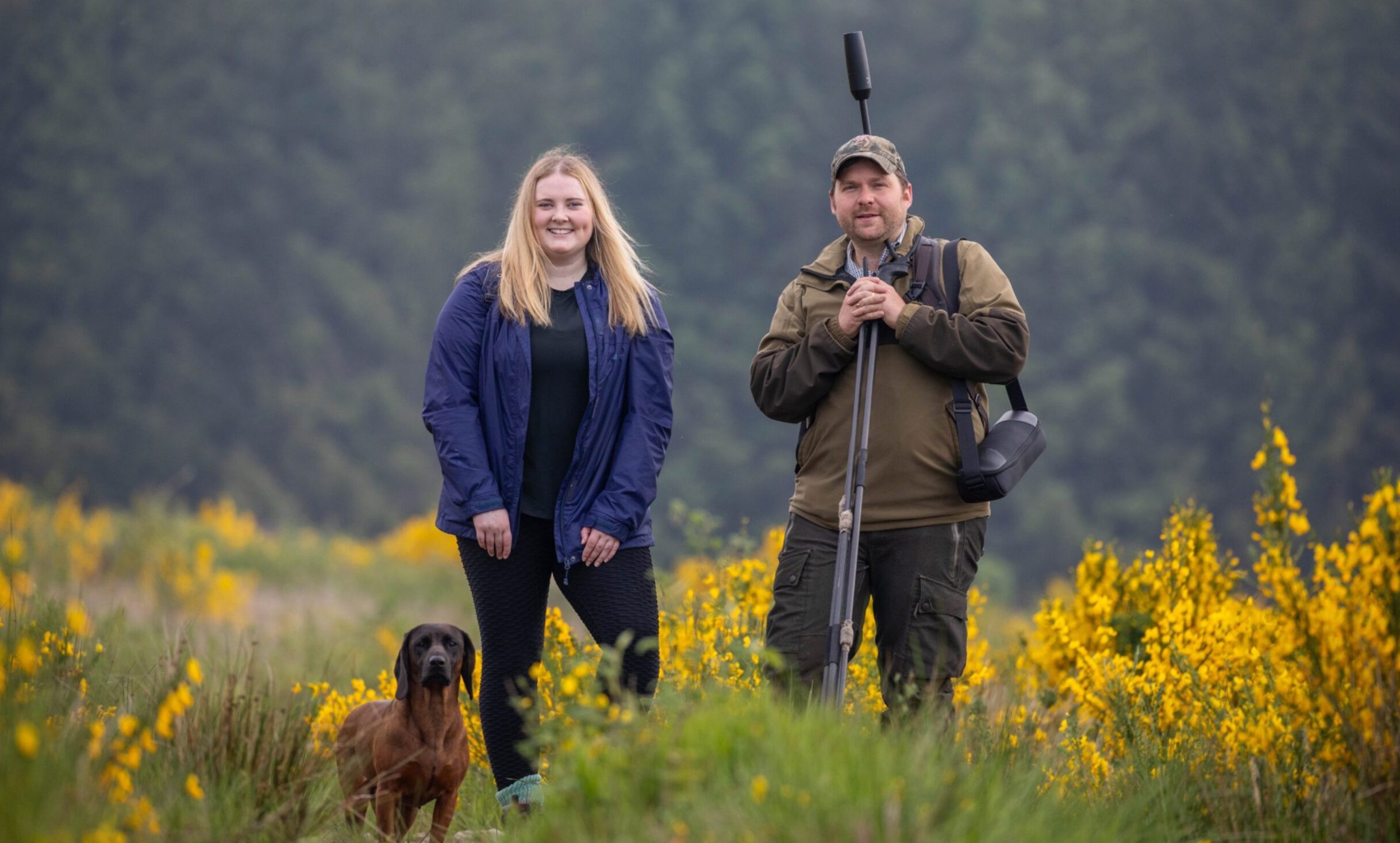
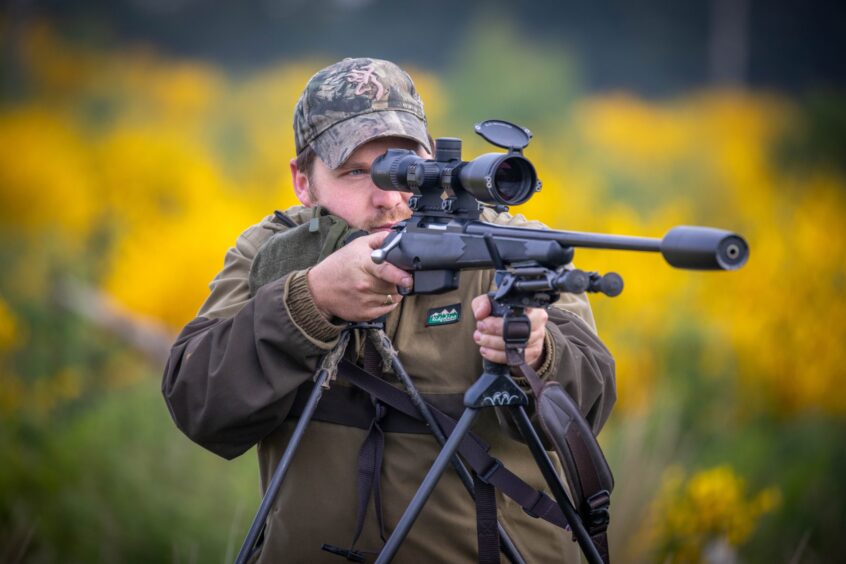
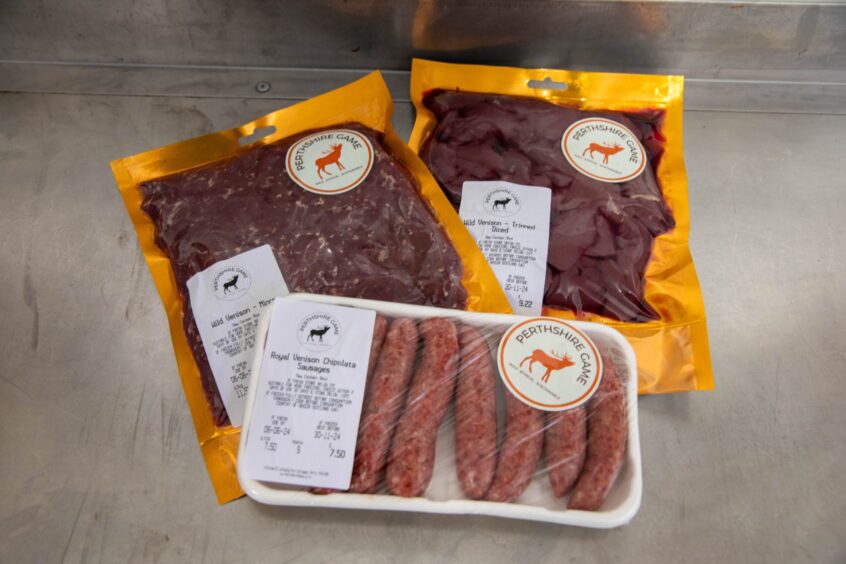
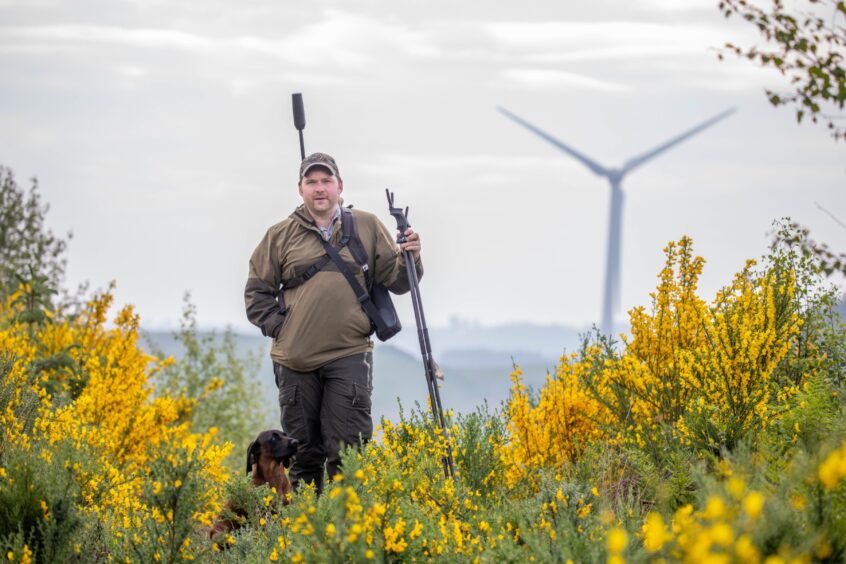
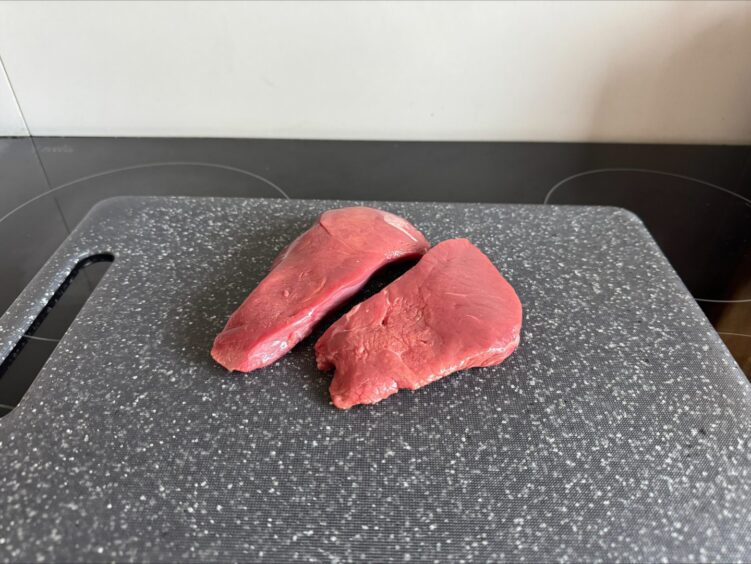
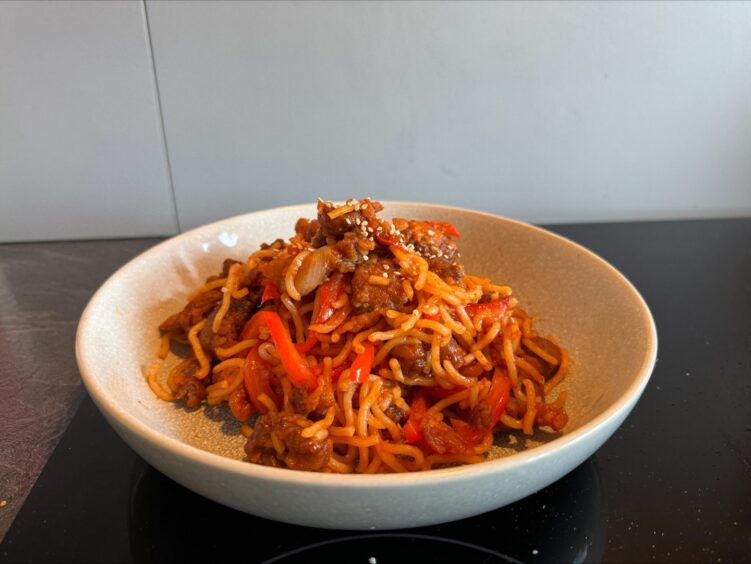
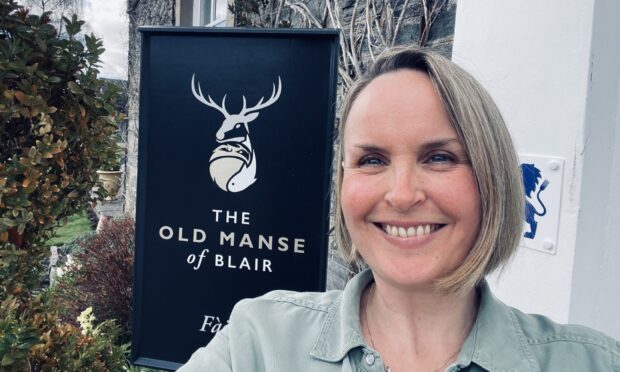









Conversation